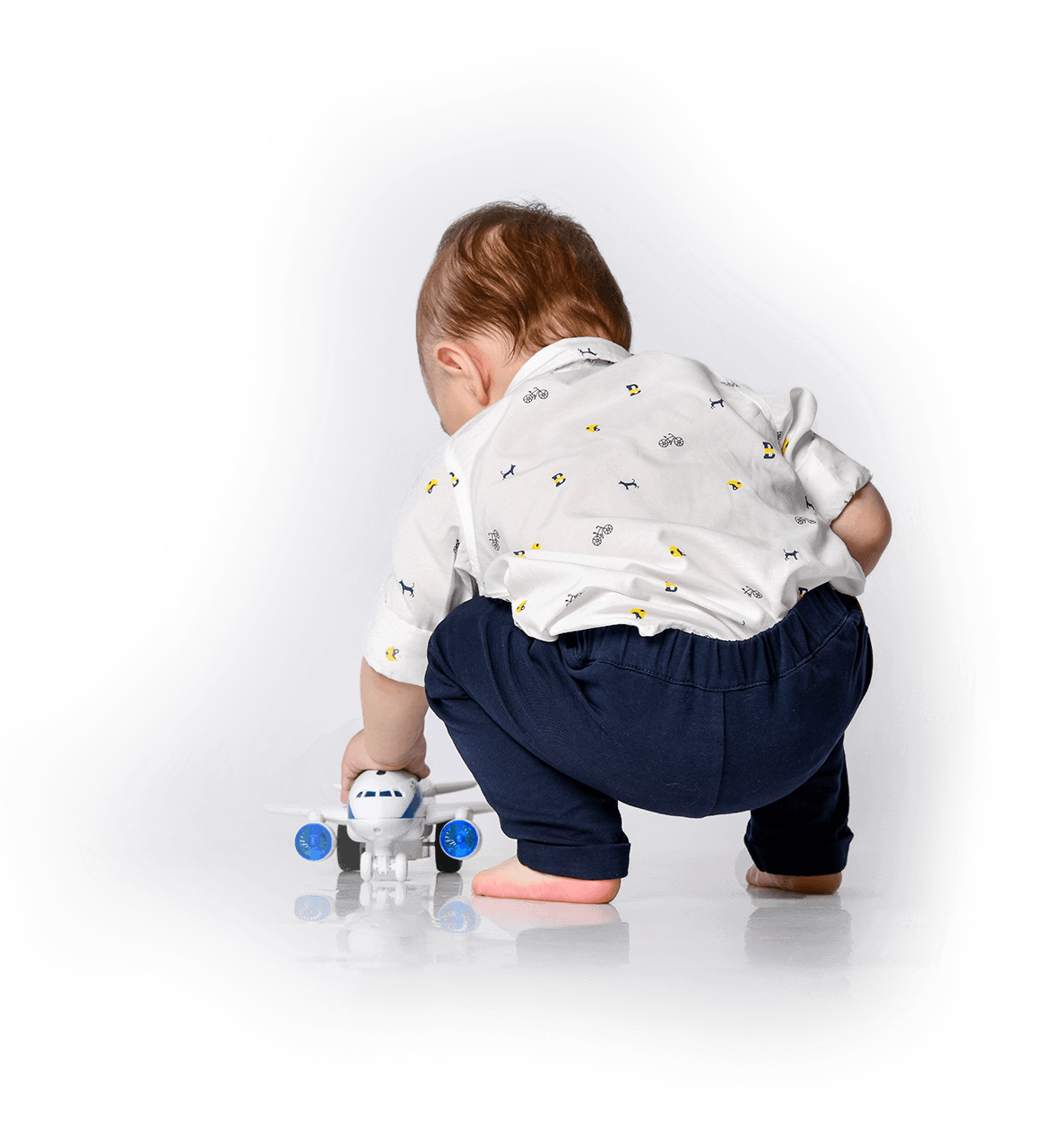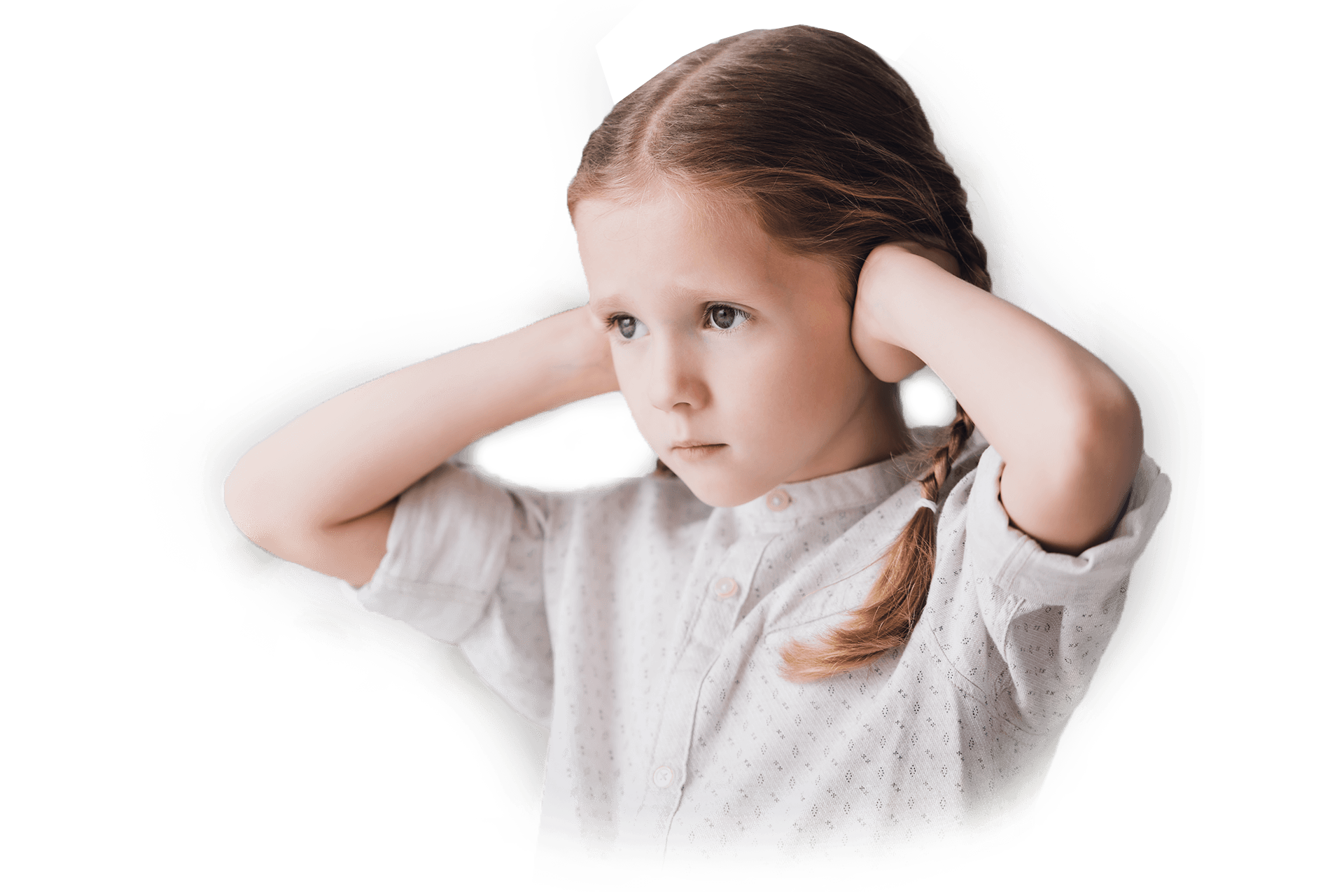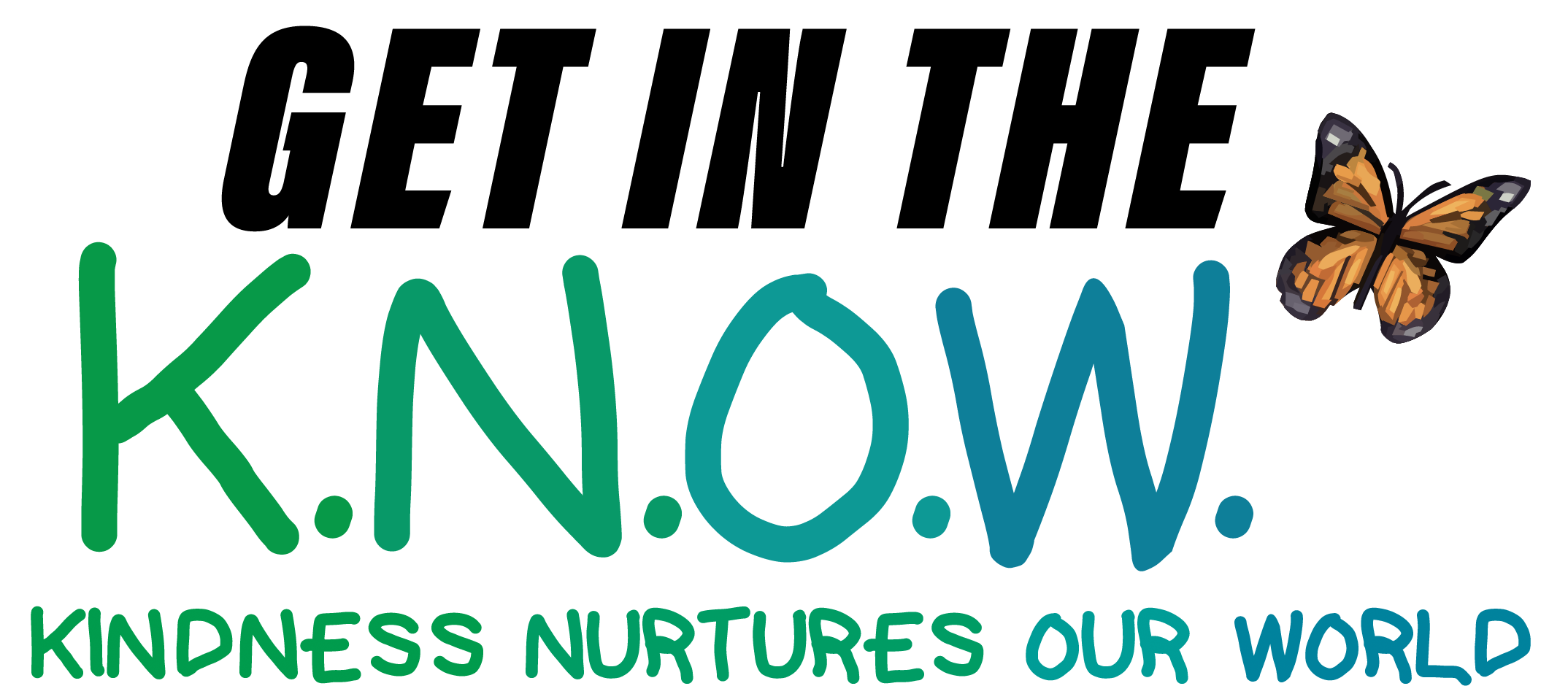Milestones are important
Become familiar with the typical developmental milestones that your child should be reaching. Even though some infants start showing hints in their first months, in others, behaviors become obvious as late as age 2 or 3. Individuals who fall within the Autism Spectrum Disorder have difficulties with 3 major areas:
Social Interaction, Verbal and Non-Verbal Communication, and Behavior
Social Skills
Symptoms may include:
– Not responding to own name by 12 months of age
– Difficulty understanding and using social/non-verbal behavior.
Examples:
- Avoiding eye-contact
- Displaying flat or inappropriate facial expressions
- Not responding to or using social gestures like smiling, waving, or pointing
– Displaying little or no desire to communicate with others.
Examples:
- Only communicating to meet personal needs rather than social engagement
- Not initiating or participating in social interactions or conversations with others
- Preferring to play alone
– Difficulty understanding personal space or boundaries.
Examples:
- Standing too close to people
- Inappropriate physical contact with others
– Avoiding or resisting physical contact
– Unaware of the how to adjust interactions to match different groups of people (i.e. family, friends, staff, strangers, etc.)
– Not wanting to be comforted by others when upset
– Trouble understanding emotions.
Examples:
- Displaying little awareness of other people’s feelings
- Inability to talk about their own feelings


Communication
Symptoms may include:
– Delayed development of speech and language skills
– Flat, robotic speaking voice, or a high-pitched or singsong voice
– Repeating the same word or phrase over and over, or repeating back what others say (echolalia)
– Difficulty adjusting communication to appropriately match the context or the needs of the listener.
Examples:
- Using the same speaking voice or volume in both indoor and outdoor settings
- Speaking to adults and children in the same way
- Using overly formal language
- Not adopting “kid speak” that is commonly used by other children
– Difficulty following the rules of conversation or storytelling.
Examples:
- Inability to stay on topic when talking or answering questions
- Continuing to talk about their own interests regardless of the listener’s response
- Making factual comments that are inappropriate to the context
- Providing unrelated or inappropriate answers when asked questions
- Not taking turns in a conversation
– Asking repetitive questions
– Unable to “read between the lines” in conversation.
Examples:
- Difficulty understanding things that are not stated explicitly (i.e. making inferences)
- Not recognizing sarcasm, joking, or humor
- Not understanding idiomatic speech or metaphors
- Difficulty using context to appropriately interpret language with multiple meanings
- Taking everything literally
– Difficulty using correct pronouns (such as saying “you” instead of “I”)
– Struggling with listening to what others are saying
Behaviors & Interests
Symptoms may include:
– Echolalia and/or idiosyncratic speech
– Lining up toys or other objects, or flipping objects over
– Limited imaginative play.
Examples:
- Always playing with a toy in the same way
- Only playing with part of a toy (such as spinning the wheels of a car)
- Not participating in “make believe” play or imitating the behavior of others
– Establishing specific routines or rituals (and getting upset when a routine is changed, even slightly)
– Extreme sensitivity to touch, light, pressure, and/or sound (sensory sensitivities)
– Fussy or overly restrictive eating habits
– Developing obsessive interests or fixation on unusual topics or objects
– Impulsive behavior
– Constant movement or “hyper” behavior, which may include engaging in “self-stimulatory” behaviors.
Examples:
- Rocking body back-and-forth or side-to-side
- Flapping hands or arms repeatedly
- Repetitive blinking (excessive)
- Moving fingers in front of eyes
- Placing objects or body parts in mouth, excessive chewing
- Smelling objects or sniffing people
- Rubbing or scratching their own skin with their hands or objects
– Unusual difficulty with transitions or changes in their routines or environment

Other Common Symptoms in Children with ASD include:
– Aggressive behavior, both with self and others
– Self-injuring behaviors
– Abnormal eating habits.
Examples:
- Limiting their diet to only a few foods
- Eating nonfood items like dirt or rocks (this is called pica)
- ​Highly sensitive to texture and smell
– Unusual sleeping habits or difficulty with sleeping
– Limited attention span​
– Unusual mood or emotional reactions.
Examples:
- Laughing or crying at unusual or inappropriate times
- Not showing an emotional response when one is usually expected
- Anxiety, depression, or aggression
– Lack of fear or more fear than expected (not being afraid of dangerous things and/or being afraid of harmless events or objects)
– Clumsiness or lack of coordination
– Motor difficulties, such as walking on tip-toes
– GI problems, including constipation or diarrhea

